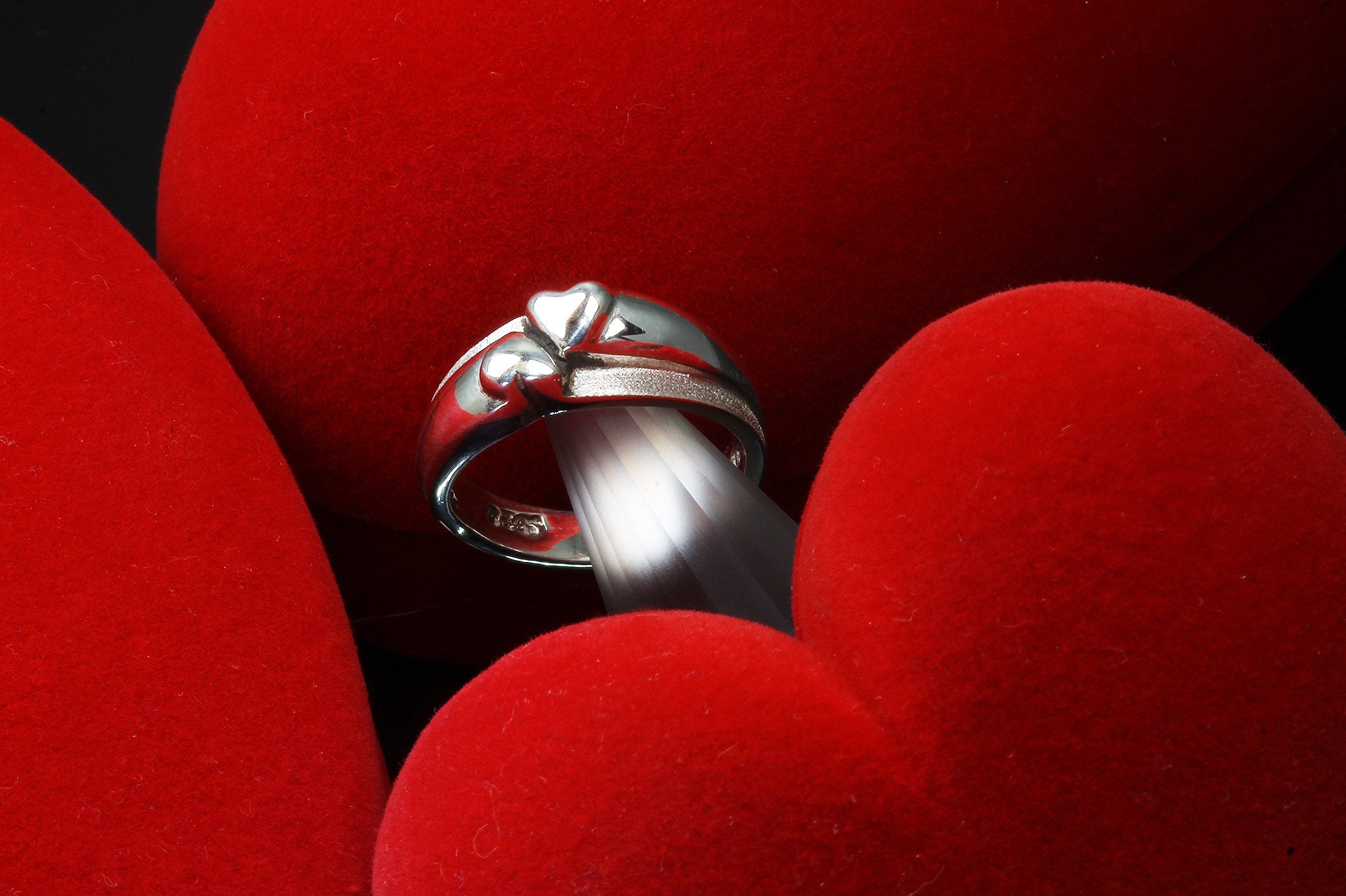
These elements symbolize the qualities of love (the heart), friendship (the hands), and loyalty (the crown). The Claddagh's distinctive design features two hands clasping a heart and usually surmounted by a crown. In his 1911 book Rings for the Finger, American mineralogist George Frederick Kunz addresses the importance of gold wedding rings in Ireland and includes a captioned photograph of a Claddagh ring. Further recognition came in the 20th century. Galway jewellers began to market it beyond the local area in the 19th century. Knowledge of the ring and its customs spread within Ireland and Britain during the Victorian period, and this is when its name became established.

rarely with others than their own people.Īn account written in 1906 by William Dillon, a Galway jeweller, claimed that the "Claddagh" ring was worn in the Aran Isles, Connemara and beyond.

still the fashion, and in constant use in. The Victorian antiquarian Sir William Jones described the Claddagh, and gives Chambers' Book of Days as the source, in his book Finger-Ring Lore. His initials are in one of the earliest surviving Claddagh rings, but there are three other rings also made around that time, bearing the mark of goldsmith Thomas Meade. He gave the ring to his sweetheart, married, and became a goldsmith with "considerable success". After fourteen years, Joyce was released and returned to Galway and brought along with him the ring he had fashioned while in captivity: what we've come to know as the Claddagh. King William III sent an ambassador to Algeria to demand the release of any and all British subjects who were enslaved in that country, which at the time would have included Richard Joyce. Legend has it that Joyce was captured and enslaved by Algerian Corsairs around 1675 while on a passage to the West Indies he was sold into slavery to a Moorish goldsmith who taught him the craft. There are many legends about the origins of the ring, particularly concerning Richard Joyce, a silversmith from Galway circa 1700, who is said to have invented the Claddagh design as we know it. His are among the oldest surviving examples of the Claddagh ring, in many cases bearing his signature. Fallon continued working as a goldsmith until 1700. His name first appears in the will of one Dominick Martin, also a jeweller, dated 26 January 1676, in which Martin willed Fallon some of his tools. Īs an example of a maker, Bartholomew Fallon was a 17th-century Irish goldsmith, based in Galway, who made Claddagh rings until circa 1700. Although there are various myths and legends around the origin of the Claddagh ring, it is almost certain that it originated in or close to the small fishing village of Claddagh in Galway. Galway has produced Claddagh rings continuously since at least 1700, but the name "Claddagh ring" was not used before the 1830s.


In recent years it has been embellished with interlace designs and combined with other Celtic and Irish symbols, corresponding with its popularity as an emblem of Irish identity. Cut or cast in bezels, they were used as engagement and wedding rings in medieval and Renaissance Europe to signify "plighted troth". This group dates to Ancient Rome, where the gesture of clasping hands meant pledging vows. The name derives from the Italian phrase mani in fede ("hands in faith" or "hands in loyalty"). The Claddagh ring belongs to a group of European finger rings called fede rings. Its modern form was first produced in the 17th century. The design and customs associated with it originated in Claddagh, County Galway. A Claddagh ring ( Irish: fáinne Chladaigh) is a traditional Irish ring in which a heart represents love, the crown stands for loyalty, and two clasped hands symbolize friendship.


 0 kommentar(er)
0 kommentar(er)
